Black holes may be the reason why previous understandings of the early galaxies in the universe were inaccurate, a new study suggests.
Astronomers discovered this with the help of NASA's James Webb Space Telescope (JWST) - the largest and most powerful extraterrestrial observatory today.
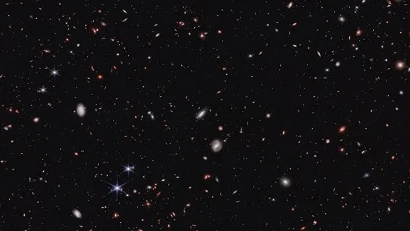 |
| This image, taken by NASA's James Webb Space Telescope, shows a plethora of galaxies. Light from some of them has traveled more than 13 billion years to reach the telescope. (Source: NASA) |
Launched in December 2021, the $10 billion JWST telescope specializes in detecting distant light sources in the deep universe, emanating from the oldest galaxies.
Scientists are using JWST to study the early universe. The universe has expanded greatly since it began about 13.8 billion years ago after the Big Bang.
When astronomers studied images captured by JWST of galaxies in the early universe, they found that some galaxies were growing very rapidly.
"In general, galaxies appear to be much larger at birth than scientists previously thought," study co-author Steve Finkelstein, an astrophysicist at the University of Texas at Austin, told Space.com.
Finkelstein and his colleagues found that some of these early galaxies were actually much less massive than they actually were. They detailed their findings on August 26 in the Astrophysical Journal.
In the new study, scientists focused on 261 galaxies that were between 700 million and 1.5 billion years old after the Big Bang. To estimate the mass of galaxies, they typically measure how much light a galaxy emits, and then calculate how many stars the galaxy would have had to produce all that light.
Black holes make nine of these early galaxies appear much brighter – and therefore larger – than they actually are, according to the study. Called black holes because their gravity is so strong that not even light can escape, the gases sucked into the black holes glow brightly due to the friction they create as they are sucked in at high speeds. These light sources make the galaxies appear to contain more stars than they actually do.
“We are still finding more galaxies than expected, although none are particularly massive,” lead author Katherine Chworowsky of the University of Texas said in a press release.
Source: https://baoquocte.vn/kinh-vien-vong-khong-gian-james-webb-va-phat-hien-moi-ve-cac-thien-ha-thuo-so-khai-286643.html



![[Photo] Conference of the Government Party Committee Standing Committee and the National Assembly Party Committee Standing Committee on the 10th Session, 15th National Assembly](https://vphoto.vietnam.vn/thumb/1200x675/vietnam/resource/IMAGE/2025/10/15/1760543205375_dsc-7128-jpg.webp)
![[Photo] Many dykes in Bac Ninh were eroded after the circulation of storm No. 11](https://vphoto.vietnam.vn/thumb/1200x675/vietnam/resource/IMAGE/2025/10/15/1760537802647_1-7384-jpg.webp)


![[Photo] The 18th Hanoi Party Congress held a preparatory session.](https://vphoto.vietnam.vn/thumb/1200x675/vietnam/resource/IMAGE/2025/10/15/1760521600666_ndo_br_img-0801-jpg.webp)
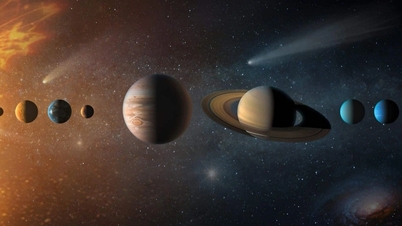



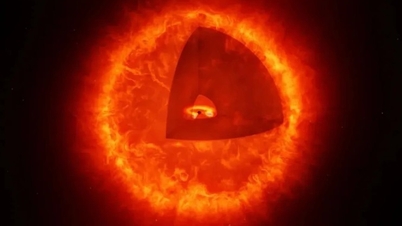

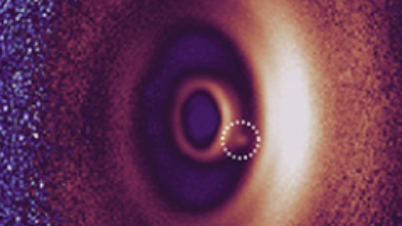


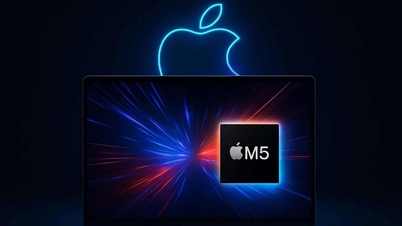



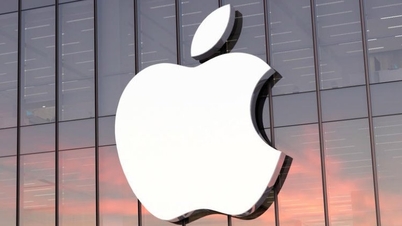





















































































Comment (0)